Bluegrass in bloom!
ZoysiaSod
10 years ago
Related Stories

GARDENING GUIDES6 New Plant Varieties That Beat Out Their Parents
With better resistance and fewer demands, these garden beauties are worth a spot on your wish list
Full Story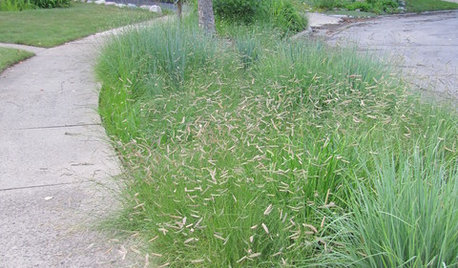
GARDENING GUIDESGreat Design Plant: Bouteloua Gracilis
Resilient blue grama grass thrives in sunny meadows and parking strips in the western U.S.
Full Story
LANDSCAPE DESIGNGet Along With Less Lawn — Ideas to Save Water and Effort
Ditch the mower and lower your water bill while creating a feast for the eyes with diverse plantings and gathering places
Full Story
LANDSCAPE DESIGN7 Low-Maintenance Lawn Alternatives
Turf isn't the only ground cover in town. Get a lush no-grass lawn with clover, moss and other easy-care plants
Full Story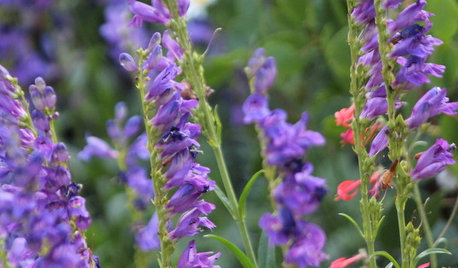
CALIFORNIA GARDENINGCalifornia Gardener's August Checklist
Pick up some great ideas from these travel-inspired plantings, even if your vacation is in your own backyard
Full Story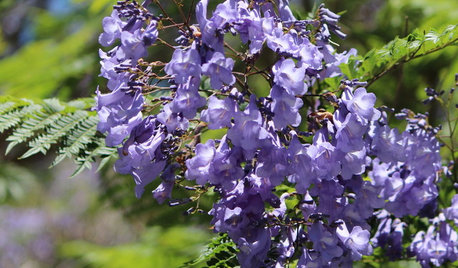
CALIFORNIA GARDENINGCalifornia Gardener's July Checklist
Bite into tree-fresh apricots, inhale delightful garden perfumes and continue planting vegetables for a late-summer harvest
Full Story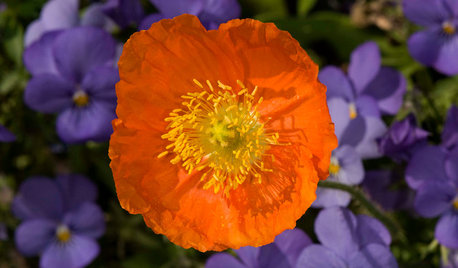
FALL GARDENINGCalifornia Gardener's September Checklist
Planting opportunities abound this month: perennials, lawns, wildflowers and more. Our primer covers 'em all
Full Story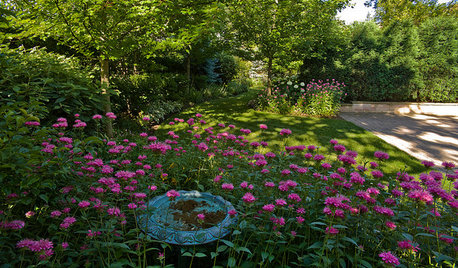
LANDSCAPE DESIGNExuberant Self-Seeders for Gorgeous, Easy-Care Gardens
Keep weeds down, color high and maintenance low with beautful plants that sow themselves
Full Story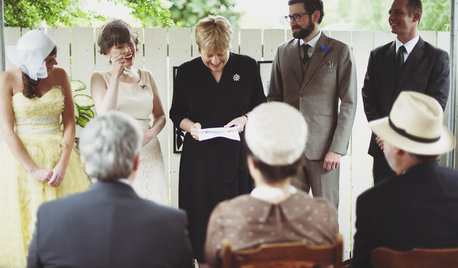
WEDDINGSHouzz Call: Show Us Your Backyard Wedding!
Did you say ‘I do’ at home? We want to hear and see everything about it. Share your photos and you could be featured in an upcoming ideabook
Full Story
GARDENING GUIDESSolve 3 Common Landscape Problems — With More Plants
Sometimes the best defense is a good offense
Full StorySponsored
Custom Craftsmanship & Construction Solutions in Franklin County
More Discussions







ZoysiaSodOriginal Author
ZoysiaSodOriginal Author
Related Professionals
Holly Springs Landscape Architects & Landscape Designers · Athens Landscape Contractors · Berwyn Landscape Contractors · Duarte Landscape Contractors · East Hanover Landscape Contractors · Franklin Landscape Contractors · Lake Saint Louis Landscape Contractors · Middletown Landscape Contractors · Raleigh Landscape Contractors · Santa Maria Landscape Contractors · Streamwood Landscape Contractors · Lauderdale Lakes Landscape Contractors · Eastlake Landscape Contractors · West Palm Beach Swimming Pool Builders · Midwest City Swimming Pool BuildersZoysiaSodOriginal Author
ZoysiaSodOriginal Author
Laurel Zito
morpheuspa (6B/7A, E. PA)